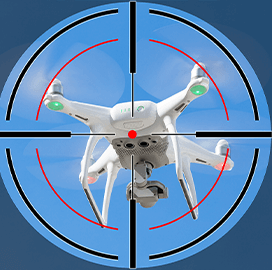
3D printing contract
Additive Manufacturing Eyed for US Navy Submarine Valve Assembly
The Maritime Sustainment Technology and Innovation Consortium, a collaboration team of the Naval Surface Warfare Center, Philadelphia Division, has tasked Salem, Ohio-based Hunt Valve, a unit of Fairbanks Morse Defense, to design a 3D-printed valve assembly for U.S. Navy submarines.
According to Fairbanks Morse Defense, the MSTIC task marks the first time that additive manufacturing will be used to produce a valve assembly for a U.S. submarine. The process will deliver to the Navy a product with a quality equal or superior to a counterpart produced through the traditional sand-casting, Fairbanks Morse Defense said Wednesday.
Andrew Pfister, Fairbanks Morse Defense vice president for aftermarket and product development, viewed the use of additive manufacturing for large valve assembly as “a real step forward” for the 3D printing industry. The process can deliver not only products of superior quality but also reduced production times, Pfister added.
Fairbanks Morse Defense estimated that additive manufacturing could accelerate components production for the Navy by up to 75 percent. Hunt Valve’s MSTIC contract will enable the installation of the 70-pound 3D valve on any U.S. submarine class, the company added.
Rear Adm. Jonathan Rucker, the Navy’s program executive officer for attack submarines, told a House Armed Services subcommittee hearing in October that meeting the service branch’s submarine-building targets will depend on 3D printing.

Category: Future Trends




